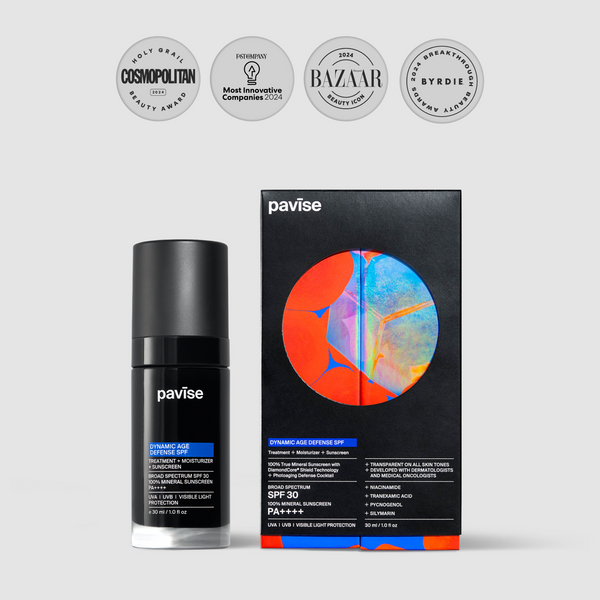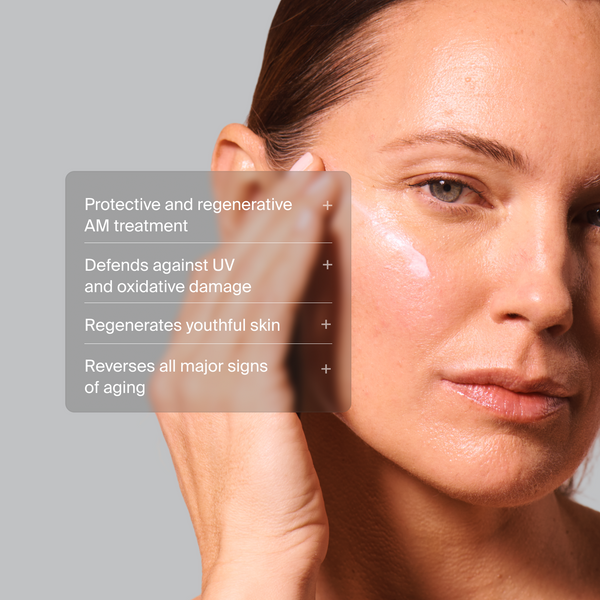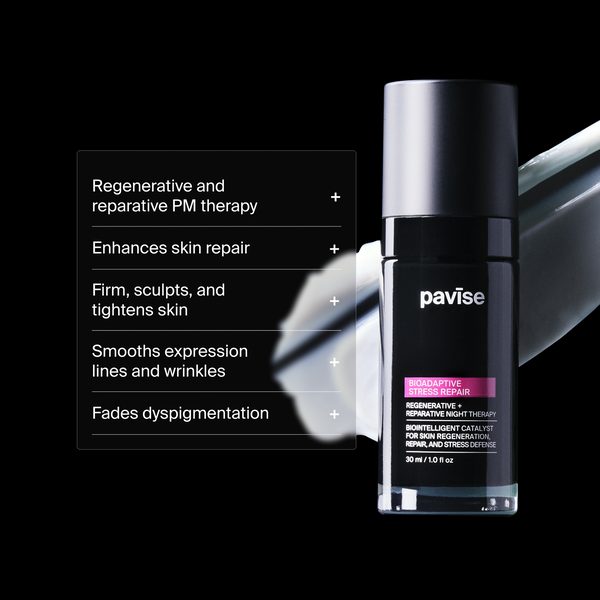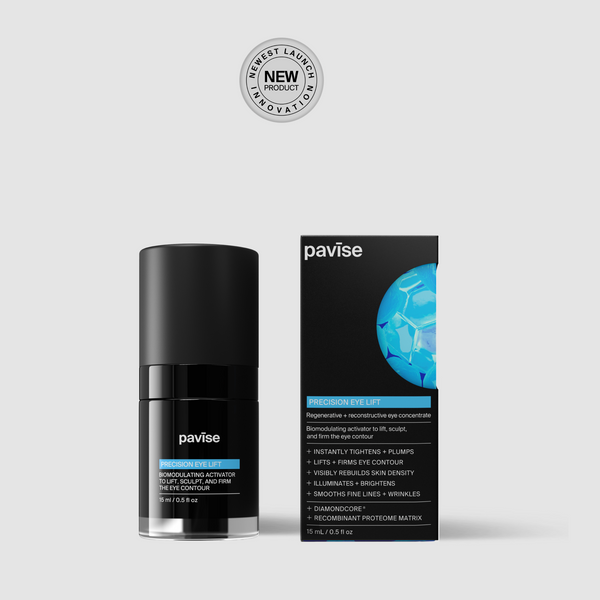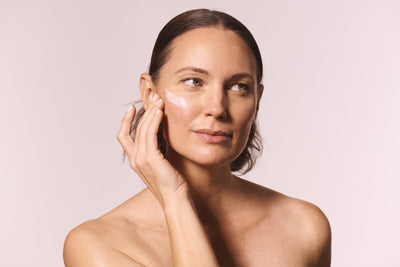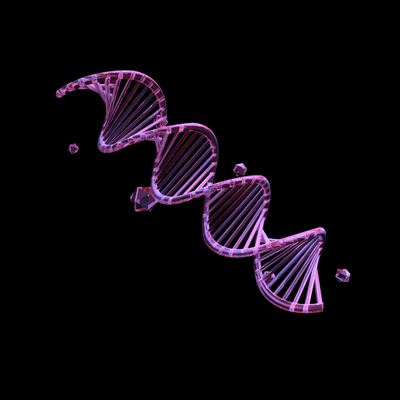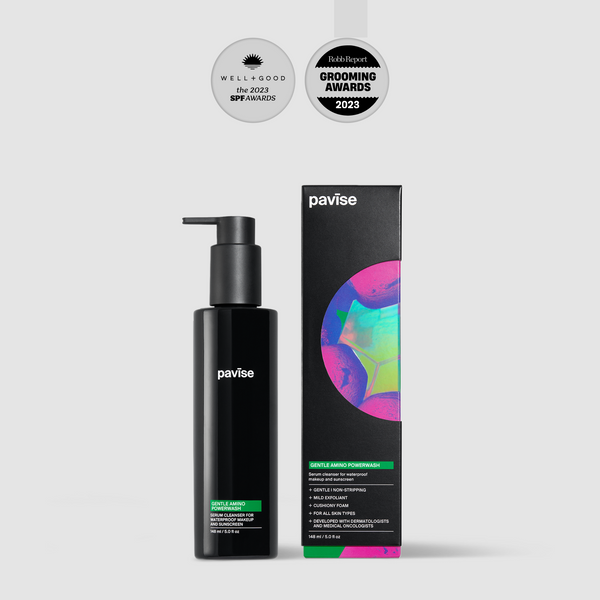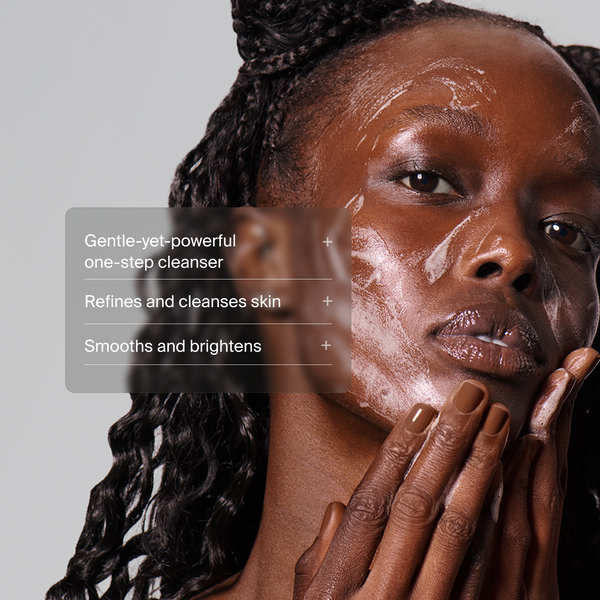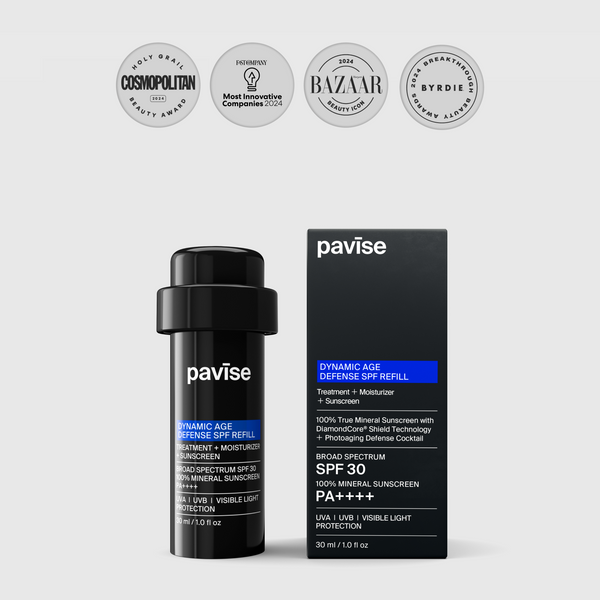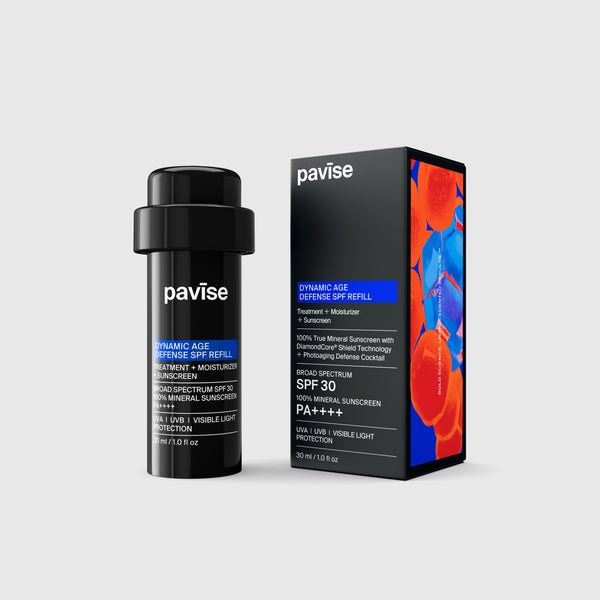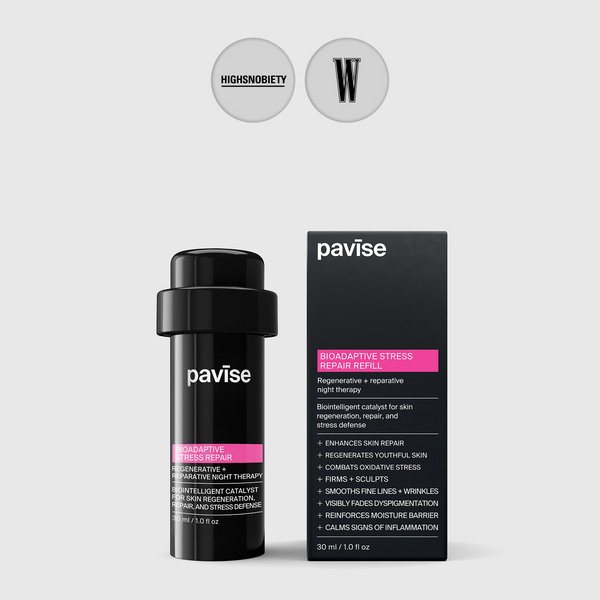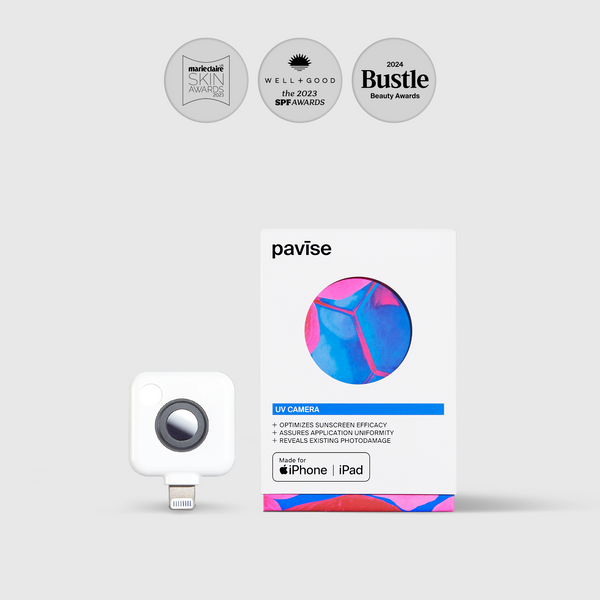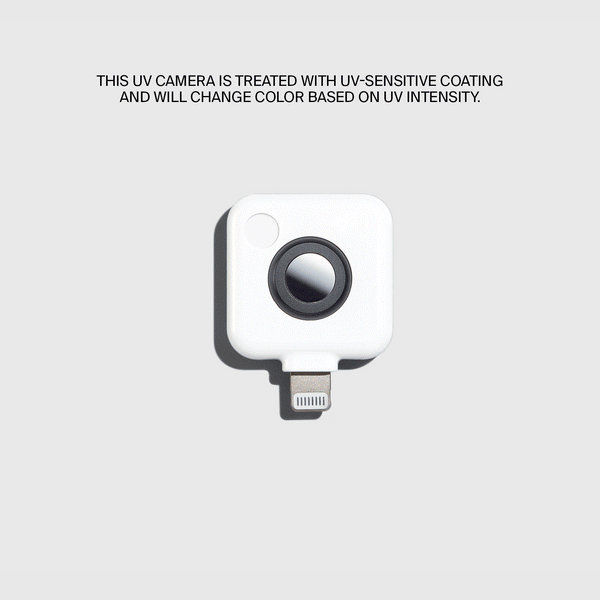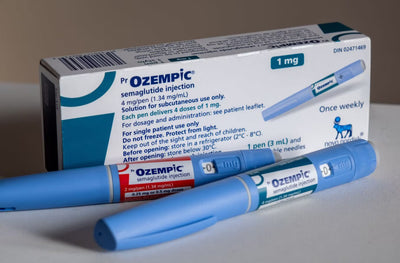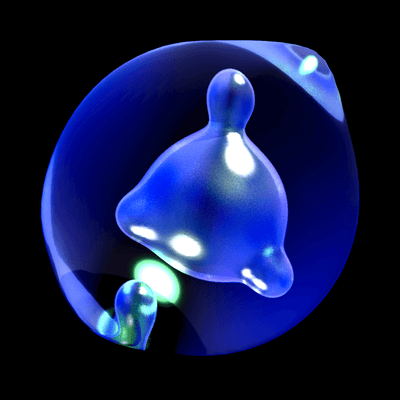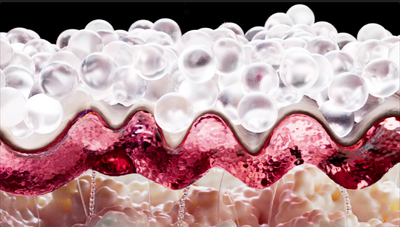ROS: HOW OXIDATIVE STRESS CONTRIBUTES TO PHOTOAGING
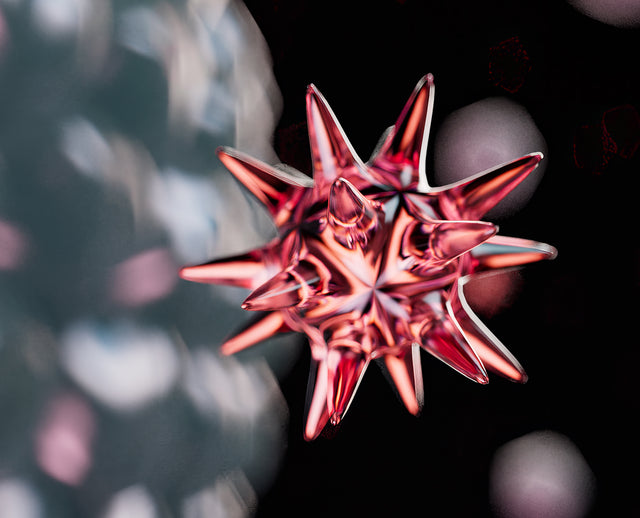
What you need to know
Photoaging describes the aging processes that can be attributed to UV exposure.
UV exposure leads to the overproduction of ROS and other free radicals in skin. This overproduction is called oxidative stress, and damages skin cell DNA. This damage prevents skin cells from operating optimally, resulting in collagen degradation, hyperpigmentation, and wrinkling.
Sunscreens intercept UV rays before their energy can be converted into ROS by skin cells, offering the best protection against photoaging.
We live in an age-obsessed culture whether we like it or not. The physical signs of aging in particular are fixated on, fought against, and covered up. Is it all superficial? Is it skin deep?
Skin health is a part of overall health, and skincare is healthcare. Signs of aging in skin are indicative of cellular and DNA damage, and DNA damage is the root cause of major skin cancers. This isn’t meant to frighten—wrinkles don’t equate to skin cancer, but 1 in 5 Americans will develop skin cancer by age 70 so it’s worth doing what you can to care for the health of your skin.1 If there are anti-aging benefits that accompany that, all the better. Here, we explain how photoaging happens and its relation to UV exposure and protection.
What is photoaging?
Let’s start with general skin aging. Skin aging occurs via intrinsic and extrinsic forces. Intrinsic aging is skin aging that can be attributed to genetics. This makes up only about 3% of skin aging. Extrinsic aging describes the other 97% of aging that can be attributed to external forces, like UV radiation and environmental stressors. These external factors result in the overproduction of reactive oxygen species, ROS, in your skin.
80% of extrinsic aging can be attributed to UV radiation-specific ROS production and skin damage.6
It’s important to note that ROS and other free radicals, as they’re often called, are generated naturally in your body and skin as a part of routine cellular processes. Environmental stressors, however, like excess UV exposure, create an overabundance of these ROS as skin cells react to and protect themselves against these triggers. An overabundance of ROS can be called oxidative stress, because these reactive oxygen species throw skin cells out of their steady state and impair normal cell processes.5,6 This interference impairs skin cells’ ability to, for example, produce collagen, resulting in collagen degradation that appears as wrinkles or aging.3
UV exposure specifically contributes to the generation of ROS in skin and thus aging, so significantly that dermatologists have developed a term for UV damage-related aging—photoaging.
The mechanism of ROS production
ROS production is mainly driven by UVA exposure. UVA penetrates through the upper layers of skin, the epidermis, into the deeper layers of skin, the dermis. As they penetrate through the epidermis into the dermis, UVA photons hit cell components called chromophores. Chromophores absorb the UVA photons, which really means they’re absorbing energy. This excess energy “excites” the chromophores, and the volatile chromophore can release this via heat, light, or through another chain reaction that results in DNA damage and/or ROS production.5,6 Whether via direct DNA damage or ROS production, which itself can cause DNA or cellular damage, skin cell integrity is compromised.
UVB rays and infrared light can also cause cellular and DNA damage, but UVB rays, in particular, only penetrate into the epidermis, so the effect is not as widespread.3
DNA damage often appears as mutations to or deletions in the DNA sequence. As the “instruction manual” of skin cells, DNA dictates all cell processes, including how cells multiply, differentiate, and divide. When this instruction manual is compromised, skin cells can stop producing collagen, produce excess melanin observed as hyperpigmentation, or begin to multiply uncontrollably.3 Skin cancer occurs when skin cells become mutated and begin to multiply uncontrollably. This is how UV damage directly impacts your likelihood of skin cancer.
Where sunscreen comes in
Chemical and mineral UV filters absorb UV rays (mineral filters also do some scattering and reflecting) that come in contact with your skin so that your skin’s chromophores don’t.2,4 This prevents skin cells from incurring the cellular and DNA damage through the ROS-resulting chain reactions mentioned above.5 But UV filters also have to release the energy they absorb from UV photons, and do so via the same processes as chromophores—usually via either heat or ROS production. While not as impactful as ROS produced in skin cell reactions, ROS that are produced by UV filters can still contribute to DNA and cell damage, and ultimately aging.
Pavise’s patented DiamondCore® Shield Technology is unique in that, in addition to offering superior UV protection, it is able to scavenge rogue ROS. This process prevents UV-induced ROS from contributing to photoaging. Essentially, Pavise’s DiamondCore® Shield Technology prevents photoaging two-fold, by protecting skin against UV radiation and by scavenging additional ROS that are generated by typical UV filters’ reactions to UV rays.
Pavise DiamondCore® Shield Technology is our filter of choice
Pavise has developed a unique, patented DiamondCore® Shield Technology mineral UV filter that provides the best of both worlds when it comes to mineral and chemical filters. Our zinc oxide contains a diamond core that helps give it a uniform molecular size and shape in contrast to other mineral filters. This allows DiamondCore® Shield Technology to achieve a sheer, luxurious finish for all skin types and tones unlike other mineral UV filters. This uniform zinc oxide structure also offers superior broad spectrum protection because the particles are able to form a more even, stronger shield over skin.
The diamond core also scavenges ROS typically released by other chemical and mineral filters, preventing any skin exposure to cell-damaging oxygen species.
Finally, Pavise’s Dynamic Age Defense SPF contains additional ROS-scavenging ingredients like silymarin, tranexamic acid, niacinamide, and pycnogenol. These ingredients form a potent cocktail that fades existing hyperpigmentation, prevents new hyperpigmentation, and helps to prevent wrinkling.
This multi-tasking mineral sunscreen and anti-aging/dark spot treatment both optimizes and simplifies your skincare routine.
References
- Authors, For. “Prevalence of a History of Skin Cancer in 2007.” JAMA, JAMA, 1 Mar. 2010, https://jamanetwork.com/journals/jamadermatology/fullarticle/209761.
- Cole, Curtis. “Metal Oxide Sunscreens Protect Skin by Absorption, Not by Reflection or Scattering - PubMed.” National Institutes of Health, National Institutes of Health, 10 Nov. 2015, https://pubmed.ncbi.nlm.nih.gov/26431814/.
- D’Orazio, John. “UV Radiation and the Skin.” National Institutes of Health, National Institutes of Health, 20 June 2023, https://www.ncbi.nlm.nih.gov/pmc/articles/PMC3709783/.
- Gabros, Sarah. “Sunscreens And Photoprotection - StatPearls - NCBI Bookshelf.” National Institutes of Health, National Institutes of Health, 25 Aug. 2022, https://www.ncbi.nlm.nih.gov/books/NBK537164/.
- Rinnerthaler, Mark. “Oxidative Stress in Aging Human Skin.” National Institutes of Health, National Institutes of Health, 20 June 2023, https://www.ncbi.nlm.nih.gov/pmc/articles/PMC4496685/.
- Zhang, Shoubing. “Fighting against Skin Aging: The Way from Bench to Bedside.” National Institutes of Health, National Institutes of Health, 20 May 2023, https://www.ncbi.nlm.nih.gov/pmc/articles/PMC6047276/.
By Claudia Teng - Updated February 06, 2023
